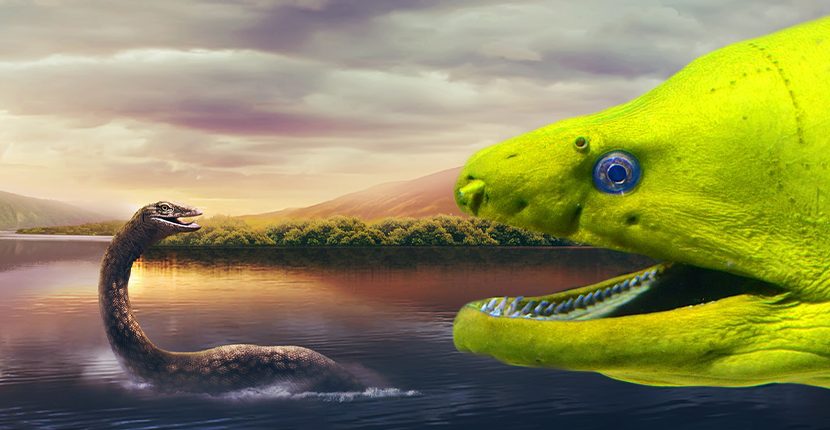A new study says the famed Loch Ness monster could actually be an eel. There are many tales concerning monsters that may live among us like Sasquatch, Mothman, Krampus, and the Loch Ness monster. The Loch Ness monster is so ingrained in human folklore it even has a nickname, “Nessie”. Photographs have been taken of the supposed monster, but most have been proven to be fake.
According to Legend of Nessie, the earliest modern sighting was in October of 1871, and the first photo taken was in 1934 by a physician playing a trick on the media. The web site lists over ninety water sightings and almost twenty land sightings that occurred between 1871 and 2011 with many different descriptions.
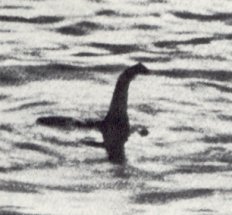
The search for the Loch Ness monster has been going on for some time, but no definitive results have been produced. In 2003, the BBC used six hundred sonar beams on the loch with no results. In 2013, at the Edinburgh Science Festival, more attendees reported believing in the monster than did not. A common interpretation of the legend has claimed that Nessie is a plesiosaur that somehow escaped the mass dinosaur extinction.
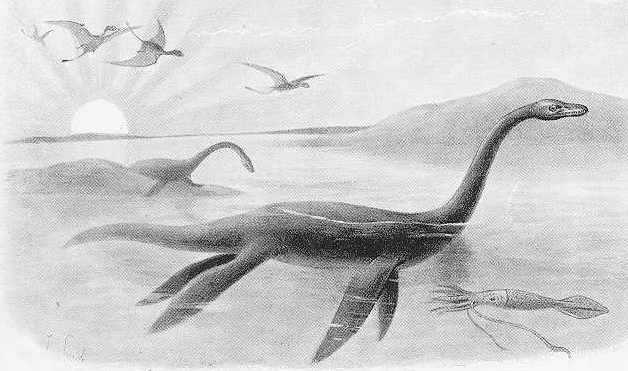
Scientists from Otago University in New Zealand are testing the waters of the loch to find and catalog exactly what types of species live there. DNA was found for three thousand different species including pigs, rabbits, humans, birds, eels, and deer. Professor Neil Gemmell who is in charge of the study thinks Nessie could be an unusually large eel. The closest things they found to a dinosaur were frogs. Gemmell strongly emphasized there were no reptiles living in the loch.
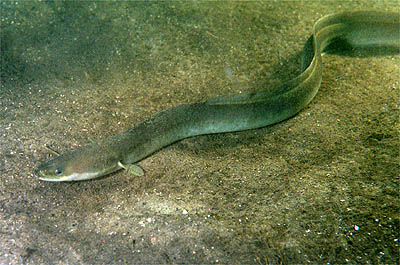
European eels migrate from the Sargasso Sea south of Florida where they lay eggs which are pushed east by the Gulf Stream. During this time the eggs hatch and travel over three thousand miles to the European coast as larvae. Once they arrive on the European continental shelf the larvae turn into transparent eels.
When they reach fresh water, they begin to darken and will even cross wet land to reach water. They can remain in this stage for as long as twenty years until they need to travel west to the Sargasso Sea to spawn. If for some reason an eel was unable to make the trip, the energy stored up may have transformed into remarkable growth.
The International Union for Conservation of Nature has included European eels on the endangered species list as eel populations have decreased by ninety percent since 1990, according to nature.scot. If there are, in fact, some eels that are not migrating, that may also impact population.
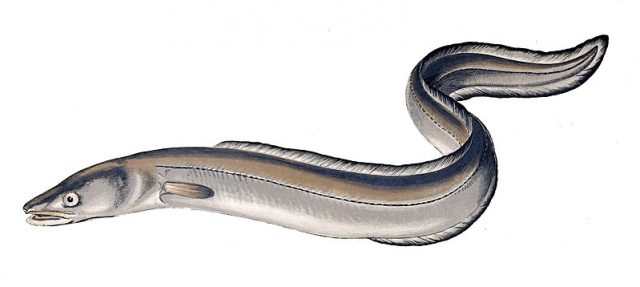
While Gemmell asserted there is no evidence of a monster, he acknowledges there is no actual proof that there is not a monster which allows believers to keep on believing.
This is good news for the tourism industry in Scotland. Nessieland, a theme park for children and the Loch Ness Centre and Exhibition has relied on tourism since the legend of the monster began. The Centre offers boat trips on the research vessel Deepscan to educate the public on what has and has not been discovered in the loch. In 2013, a two million pound campaign featuring Nessie was launched to draw more visitors to the area.
The figures already show over two hundred thousand visitors a year, but the planners wanted to increase that number by at least fifty thousand; the majority of international tourists are from the United States. Tourist numbers increased in 2014 after the Ryder Cup and the Commonwealth Games occurred, but Nessie is still the number one tourist attraction and is vital to the area economy. So locals hope that, whether the Loch Ness eel, dinosaur, or imagination, Nessie swims on.
